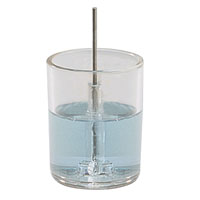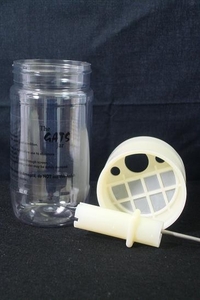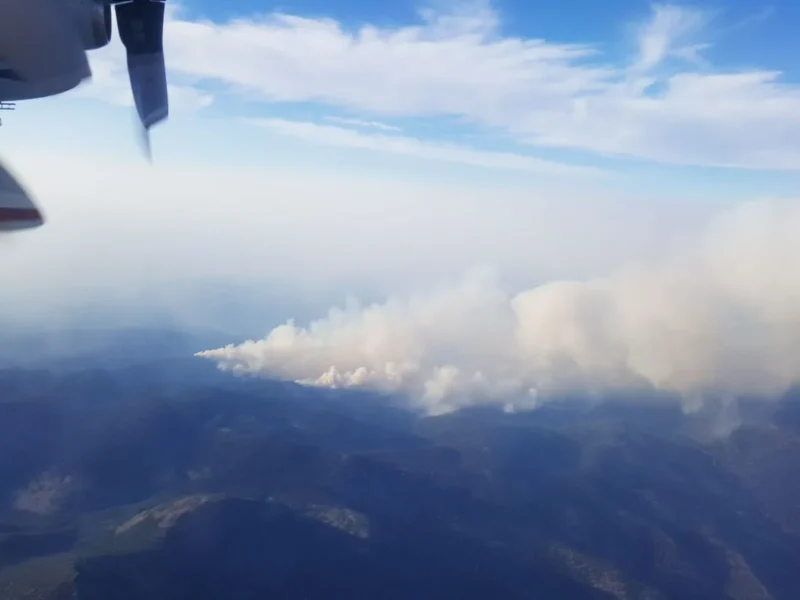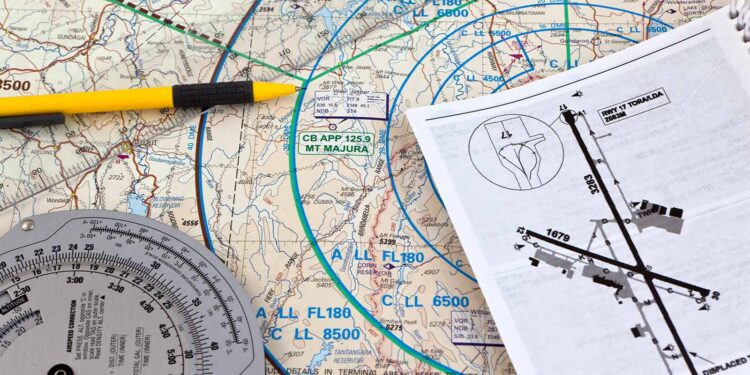There has been talk in the news recently of commercial aircraft reducing their speeds in order to save on fuel costs. Over the course of a year the savings can be in the million of dollars.
As the costs of fuel rises, everyone from commercial airlines to the GA pilot is looking for ways to save fuel. Toronto Airways is no exception. In a recent email to all students/customers:
We all have been feeling the pinch of the increased fuel costs lately, and aviation fuel is no exception, so anything that can be done to keep your costs down makes sense. We have asked flight line to only fill our aircraft to a maximum of 3/4 tanks. This will help prevent the loss of fuel through the fuel vents as the fuel expands during the warmer weather.
That’s a great way of saving fuel. There have been many times I’ve had to make sure I walk “around” the fuel vents during my walk around to avoid having drips of fuel land on me. However, they are going one step further by mandating we use a specific type of fuel tester:
Next we are instituting a policy where a specific fuel tester is to be used. This tester is called the GATS jar and is large enough that you can accumulate fuel from all the fuel drains during the walk around. The best part is it has a special screen that is capable of separating water and debris from the fuel, and the fuel can be poured back into the aircraft fuel tanks.
This will allow you to recoup the fuel by being able to pour it back in the tanks. At first I thought there is no way that this can provide any significant savings. But then I crunched a few numbers:
Size of Fleet: 40 aircraft
Estimate number of flights per day per aircraft: 8
Estimate average amount of fuel required for testing: 175ml. (two fills of the standard ASA fuel sampler cup, you know, the clear cup with the pin in it).
40 aircraft x 8 flights per day x 175ml = 56 009ml or 56L per day. At a cost of $1.75/L of 100LL (as of April 22nd, 2008), works out to be a savings of $98 per day.
This is a best case scenario since not all 40 aircraft are booked all day.
Previously, fuel that was tested was to be placed in jerry cans that were available on the ramp. Over the past two years, myself (and the school) have noticed that these cans have gone missing. As a result, people were just throwing the fuel on the ground after it was tested. The new system that will be in effect eliminates the need to use these jerry cans. Now anything that will ever be thrown on the ground is the water in the GATS jar, if any.
For comparison sake. Here is the “old” ASA sample cup that I use, and the new GATS jar that I need to pick up.





Its nice to see Buttonville and its instructors are finally getting their act together. I got in trouble numurous times flying out of Buttonville because I refused to dump the fuel on the ground and contaminate the planet. My instructors excuse was that the ‘ground was already dirty so who cares’.
And its funny to see that there are thieves lurking in Buttonville. Never a problem in Brampton where they have dip sticks and gats jars in thier planes that never go missing.
Just my 5 cents.
To be fair, my instructor never told me to do such thing. She/He always said to use the jerry cans that were available.
As those cans are now almost impossible to find, I’ve had no choice but to find alternative methods to dispose of the contaminated fuel.
Dip sticks do exist for some airplanes, and I have found a few of the old ASA style fuel cups in a small handful of planes.
I think the problem here is the fact that Toronto airways has a lot more people using their airplanes than say at Brampton.
dont worry about finding the fuel cans, just think it of a double of bombay sapphire and slam er down, good for the environment and helps wake you up for those early morning flights